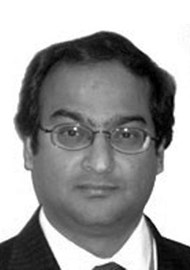The authors present a series of 25, mainly geriatric, patients that had ablative surgery and had complex defects in the paranasal and orbital regions. The paranasal and periorbital regions are extremely important for facial aesthetics and quality of life. These defects also present a different set of reconstructive challenges. The authors use a cranial based nasolabial flap in patients with complex full thickness defects. They use a contralateral nasolabial flap that is cranial based and swung over. The advantages of the flap are a thin and pliable flap, good aesthetic colour and texture matching, minimal donor site morbidity, reliability and resilience of the flap and single stage closure of the defect. There are very good colour photographs that show the various stages. The surgical technique is very sparingly described and will require further reading prior to attempting this flap. This is a good paper and a reminder of an often forgotten technique. In older patients this is very useful as opposed to free flap reconstruction.




